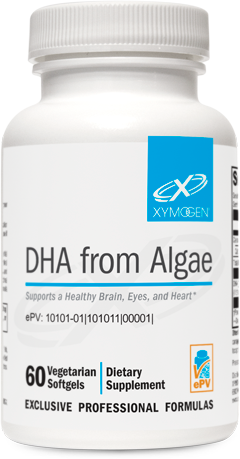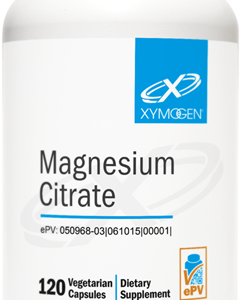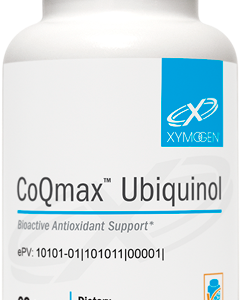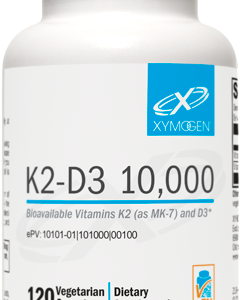Scientific Information/Data
Algae are the original source of EPA/DHA in aquatic ecosystems. Certain microalgae produce high levels of EPA or DHA. DHA from Algae is organically produced from a DHA-rich microalgae fermented broth. Clinical trials with DHA-rich oil indicate a favorable comparison to fish oil.*
Omega-3 polyunsaturated fatty acids (PUFAs) play a critical role in the normal development and functioning of the brain and central nervous system, with the conditionally essential fatty acid docosahexaenoic acid (DHA) believed to be vital to pre- and post-natal brain development. DHA is transferred directly to the fetus during pregnancy, especially during the last trimester, and is supplied to the infant in mother’s breast milk after birth. Functioning exclusively via cell membranes and anchored by phospholipid molecules, PUFAs such as DHA are involved in numerous processes affecting membrane fluidity and gene regulation. DHA is the primary structural fatty acid in the brain’s gray matter (~60%) and the eye’s retina, optimizing signal transmission in these organs and the overall nervous system. Approximately 50% of a neuronal membrane’s weight is DHA. Adequate levels of DHA are believed to support healthy memory, cognition, night vision, and mood. DHA also has immune-modulating properties and supports a healthy prostaglandin production profile. Studies using algal DHA suggest it may play a role in cardiovascular health, especially with respect to maintaining healthy lipid levels already within the normal range and supporting normal resistance to oxidative stress. *
Eco-friendly, DHA from Algae and DHA from Algae for Kids meet high standards, including AIB International Consolidated Standards for Inspection of Prerequisites and Food Safety Programs, Proposition 65, and the American National Standards Institute (ANSI)/International Organization for Standardization (ISO). The DHA is extracted from a fermented algal broth and processed without any heat exposure.*
*These statements have not been evaluated by the FDA to treat, prevent, or cure any disease.
References
- Doughman SD, et al. Omega-3 fatty acids for nutrition and medicine: considering microalgae oil as a vegetarian source of EPA and DHA. Curr Diabetes Rev. 2007 Aug;3(3):198-203. [PMID: 18220672]
- Schuchardt JP, et al. Significance of long-chain polyunsaturated fatty acids (PUFAs) for the development and behaviour of children. Eur J Pediatr. 2010 Feb;169(2):149-64. Epub 2009 Aug 12 [PMID: 19672626]
- Cole, GM, et al. Dietary fatty acids and the aging brain. Nutr Rev. 68(Suppl. 2):S102-S111 doi:10.1111/j.1753-4887.2010.00345.x
- Uauy R, Dangour AD. Nutrition in brain development and aging: role of essential fatty acids. Nutr Rev. 2006 May;64(5 Pt 2):S24-33; discussion S72-91. [PMID: 16770950]
- Wurtman RJ, et al. Nutritional modifiers of aging brain function: use of uridine and other phosphatide precursors to increase formation of brain synapses. Nutr Rev. 2010 Dec;68 Suppl 2:S88-101. doi: 10.1111/j.1753-4887.2010.00344.x. [PMID: 21091953]
- Lindmark L, Clough P. A 5-month open study with long-chain polyunsaturated fatty acids in dyslexia. J Med Food. 2007 Dec;10(4):662-6. [PMID: 18158838]
- Micronutrients and their Relevance for the Eye – Function of Lutein, Zeaxanthin and Omega-3 Fatty Acids. Klin Monbl Augenheilkd. 2010 Aug 25 e published ahead of print [PMID: 20740395]
- Martins JG. EPA but not DHA appears to be responsible for the efficacy of omega-3 long chain polyunsaturated fatty acid supplementation in depression: evidence from a meta-analysis of randomized controlled trials. J Am Coll Nutr. 2009 Oct;28(5):525-42. Review [PMID: 20439549]
- Ryan AS, et al. Clinical overview of algal-docosahexaenoic acid: effects on triglyceride levels and other cardiovascular risk factors. Am J Ther. 2009 Mar- Apr;16(2):183-92. [PMID:19145206]






